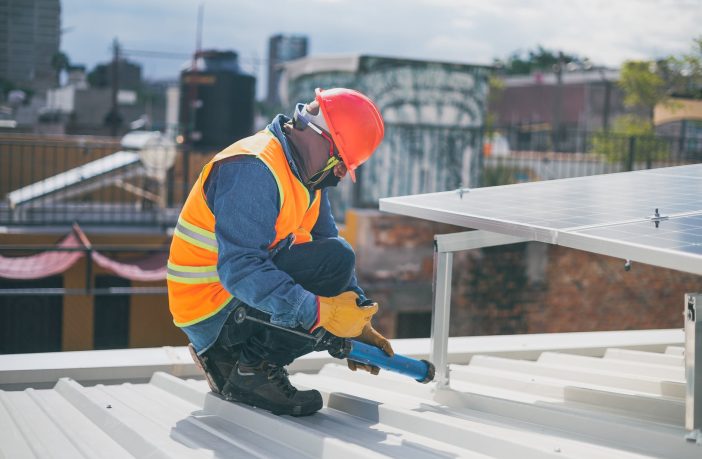- Every year, solar technical advisory HelioVolta releases a report on solar performance and safety.
- It assesses PV system health by using more than 60,000 data points, ranging from 100 kW projects to 350 MW arrays.
About 73% of the assessed projects in this year’s report are located on commercial rooftops, 25% are ground-mounted installations, and 2% are solar carports. All of the projects are located in the United States.
HelioVolta identified significant problem areas affecting the performance and safety of solar assets, with critical or major issues in a staggering 62% of inspected projects. About 91% of the major issues in projects with critical risks were found in DC distribution components.
HelioVolta noted that inverters often appear to be the cause of PV system problems due to the fact they are typically the primary device of energy yield data and error messages.
Author: Ryan Kennedy
This article was originally published in pv magazine and is republished with permission.















